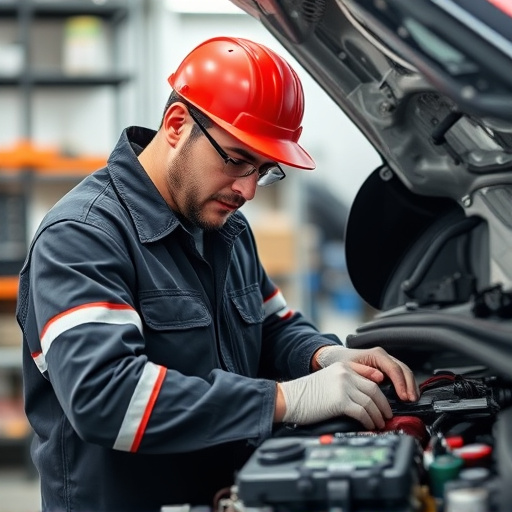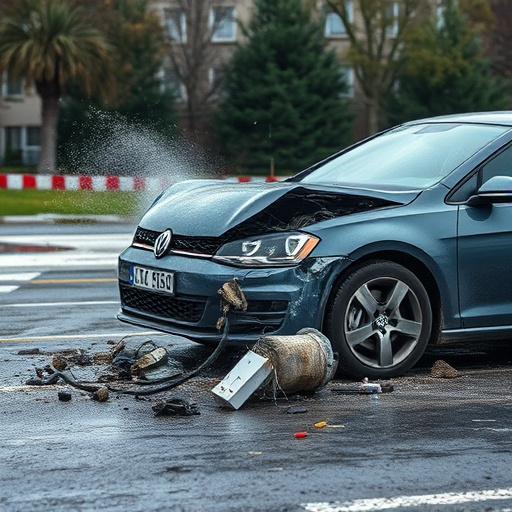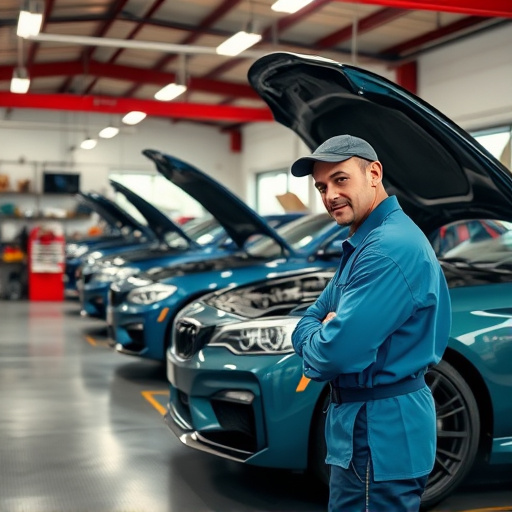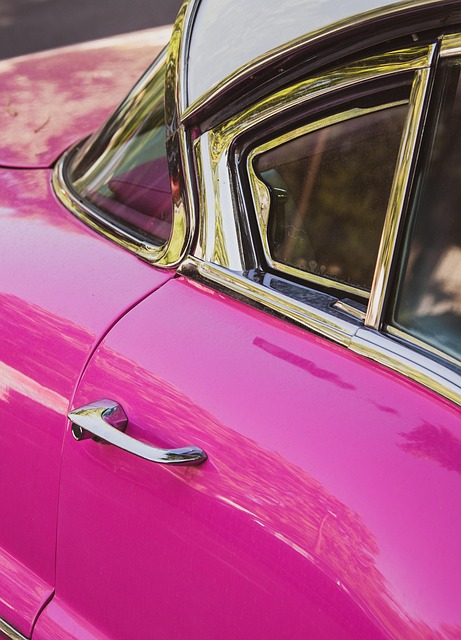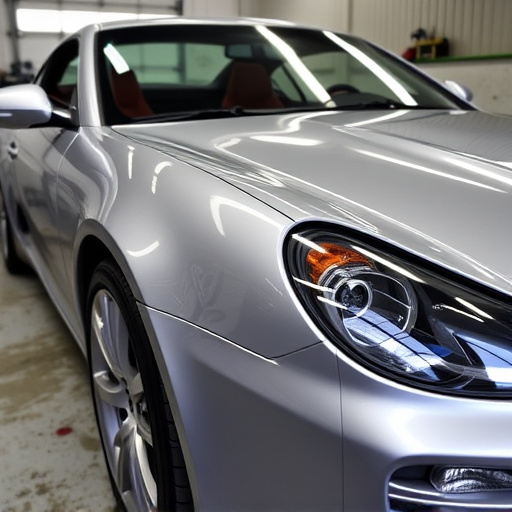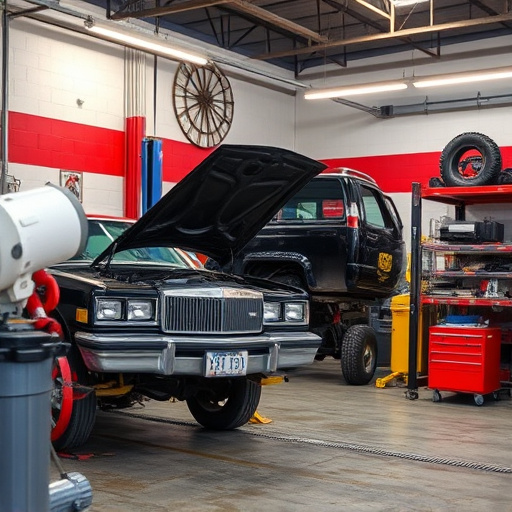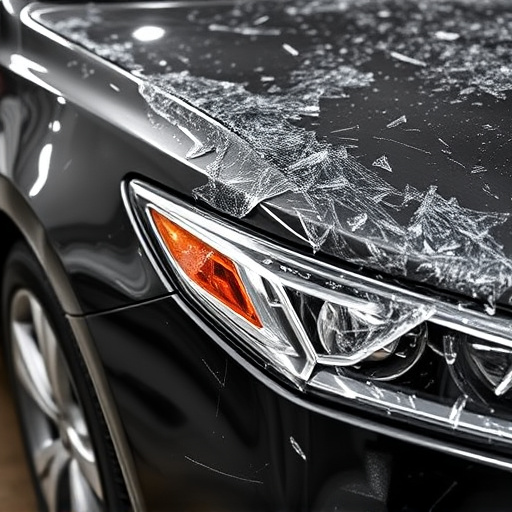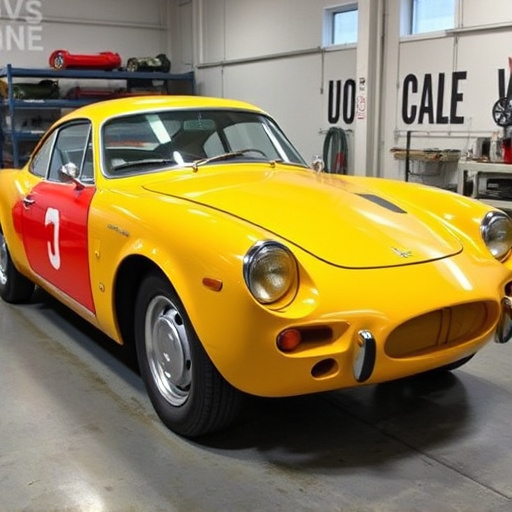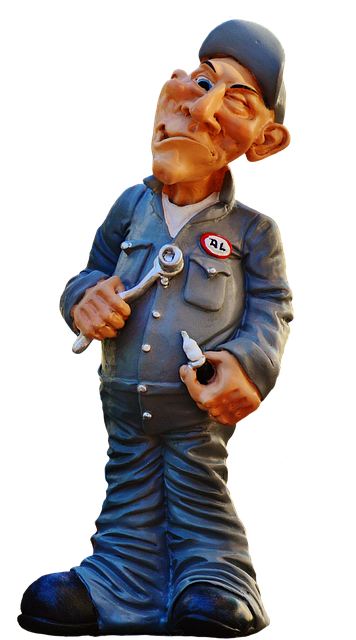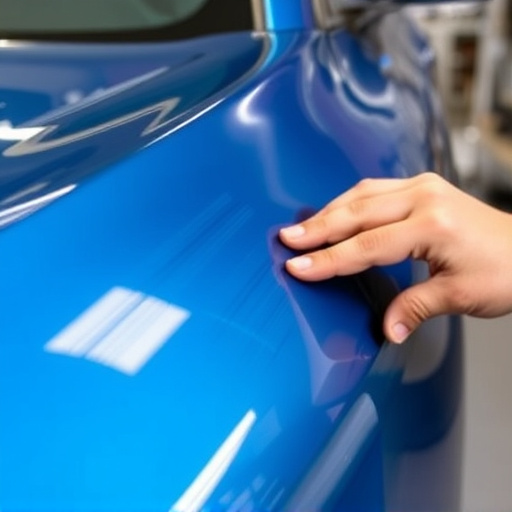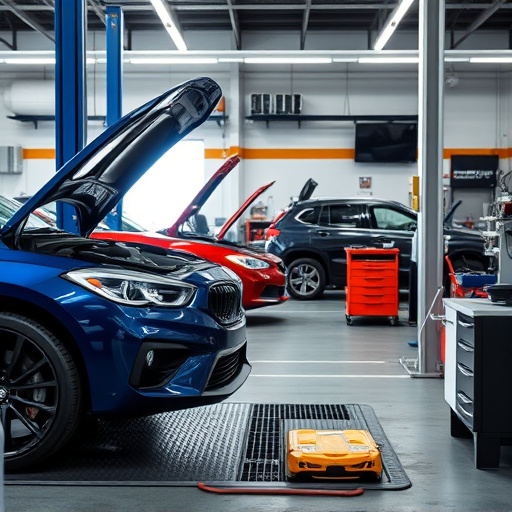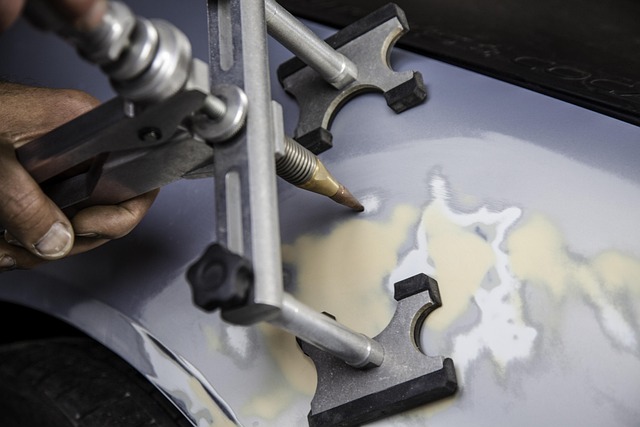Antique auto restoration requires a deep understanding of original manufacturers' visions and meticulous research using historical archives, expert consultation, and surviving era examples. Restorers preserve authenticity by accurately matching paint colors, textures, and finishes, using period-specific data and specialized tools. They address previous collision repair imperfections while maintaining historical accuracy to safeguard the timeless value of classic cars.
In the realm of antique auto restoration, maintaining historical accuracy is paramount. Every bolt, every paint stroke, every detail must echo the original manufacturer’s intent. This meticulous process involves understanding the vehicle’s heritage, unearthing precise specifications through extensive research and documentation, and employing techniques that preserve authenticity without altering the car’s intended design. Delve into this captivating journey to discover how antique auto restoration respects the past while preserving it for future generations.
- Understanding Manufacturer Intention: The Foundation of Accuracy
- Uncovering Specs: Research and Documentation Methods
- Preserving Authenticity: Techniques for Respectful Restoration
Understanding Manufacturer Intention: The Foundation of Accuracy

In the realm of antique auto restoration, understanding the original manufacturer’s intention is the foundation for achieving accuracy. Every vintage vehicle was crafted with meticulous care and specific standards in mind. Restorers, akin to puzzle solvers, must interpret these blueprints and specifications to bring these timeless machines back to their former glory. This involves a deep dive into historical records, consulting original design plans, and studying the unique features that defined each era and model.
By adhering to these guidelines, antique auto restoration experts can ensure that every detail—from chassis geometry to paint finishes—resembles the vehicle’s original state. It’s not merely about fixing broken parts or repainting; it’s about preserving a piece of automotive history. This meticulous approach, often compared to fine art restoration, requires skill and passion to respect the car’s heritage while addressing any damage sustained over time, whether from normal wear and tear or incidents like automotive collision repair.
Uncovering Specs: Research and Documentation Methods
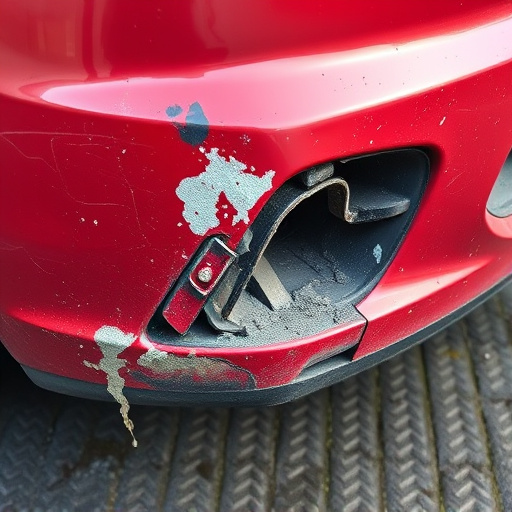
Uncovering the original specifications for an antique auto is a meticulous process that forms the foundation of any successful restoration project. Skilled restorers employ a range of research and documentation methods to ensure they resurrect these classic vehicles with utmost accuracy. This involves delving into historical archives, consulting with automotive experts, and examining surviving examples from the same era.
Manufacturers’ manuals, service bulletins, and period publications serve as invaluable resources. These documents detail the original equipment, materials, and techniques used by the automakers. For instance, restorers might study the specifications of a particular model’s engine, chassis, and body panels to accurately recreate or replace missing components. Additionally, detailed photographs and illustrations from the vehicle’s production era provide crucial visual references for restoration work, including intricate details like trim, hardware, and paint finishes, ensuring that both the aesthetics and structural integrity of the antique auto are respectfully preserved through meticulous vehicle restoration and vehicle paint repair processes, while also addressing any necessary fender repair.
Preserving Authenticity: Techniques for Respectful Restoration

In antique auto restoration, preserving authenticity is paramount. Skilled restorers employ meticulous techniques to ensure every detail aligns with the original manufacturer specs. This involves meticulous research and an understanding of the vehicle’s history, down to the smallest component. For instance, when restoring a classic car’s body, restorers carefully match paint colors, textures, and finishes from period-specific data, ensuring no deviation from the original design.
They also utilize specialized tools and methods for car body repair, including precise welding techniques, original or reproduction parts, and careful replication of panel fits and gaps. In cases where a vehicle has undergone previous collision repair, restorers must expertly address these imperfections, seamlessly integrating patchwork areas with the surrounding original bodywork to maintain visual continuity. This respectful approach not only preserves historical accuracy but also ensures the longevity and value of these timeless vehicles.
Antique auto restoration that respects original manufacturer specs is an art that combines historical understanding with meticulous craftsmanship. By meticulously researching and documenting specifications, restorers can ensure every detail aligns with the vehicle’s heritage. Using specialized techniques to preserve authenticity, these skilled artisans bring vintage vehicles back to life while maintaining their unique character and value in a process known as antique auto restoration.
